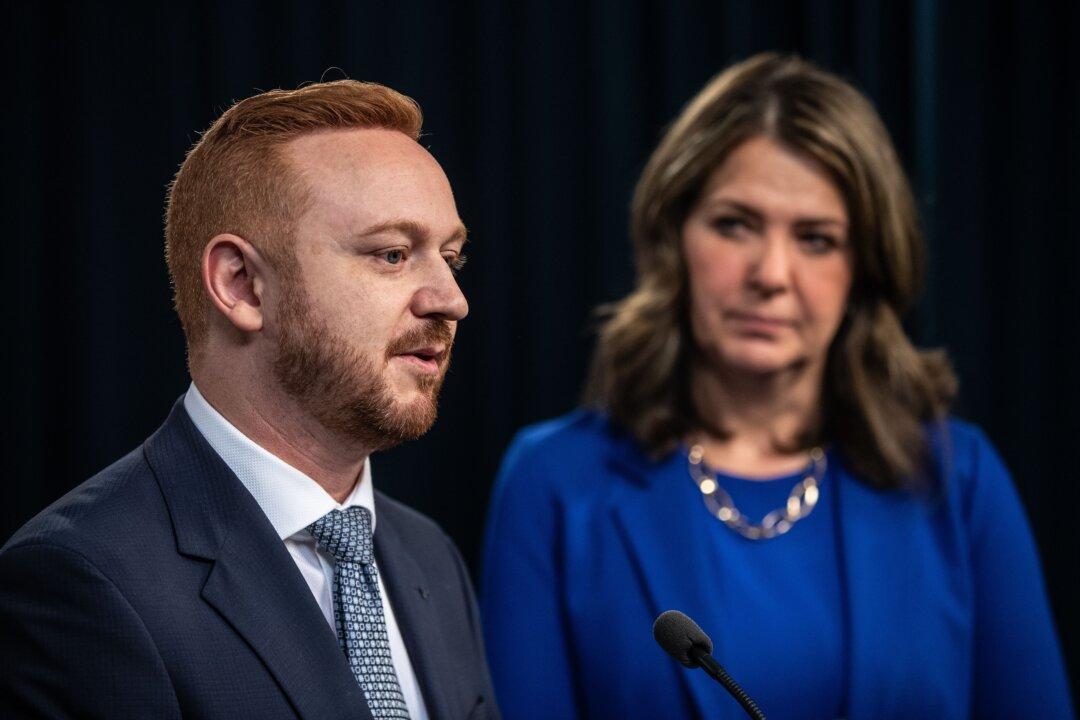Federal auditors have uncovered irregularities related to government-issued charge cards at the Immigration and Refugee Board of Canada (IRB), saying there were instances of transactions being billed without proper approval procedure.
“In some cases, for acquisition cards and contracting, it could not be determined whether the expense was approved prior to the expense being incurred or prior to the signing of the contract as the approval was not dated,” said the “Core Control Audit” report, released on June 29 and first covered by Blacklock’s Reporter.





